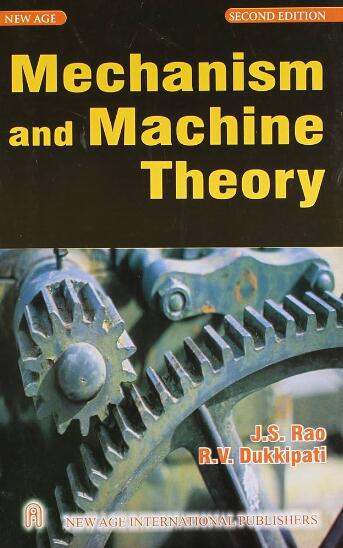Adaptive cable-driven parallel load simulator inspired by physical reservoir computing for folding wings
IF 4.5
1区 工程技术
Q1 ENGINEERING, MECHANICAL
引用次数: 0
Abstract
Predicting the effects of aerodynamic loads using equivalent wrenches generated by a load simulator is essential for the expedited development of folding wings. However, large-angle rapid deployment characteristics of folding wings hinder the direct application of existing load simulators. Inspired by physical reservoir computing, we propose a novel physical computing network capable of adaptively simulating dynamic torque and radial forces while suppressing surplus torque. This approach facilitates the development of a reconfigurable load simulator design for folding wings. The network is established based on an analysis of the nonlinear loading characteristics of a cable-driven parallel robot limb actuated by elastic element, and its simulation capabilities are evaluated. An optimization design method is proposed, significantly reducing the required number of limbs through parameter adjustments. The simulation capabilities of the load simulator designed using this method are evaluated through numerical simulations, and an experimental load simulator is constructed for loading tests. Results from both multi-condition simulations and experiments demonstrate that the load simulator achieves high accuracy across various load scenarios, with an R-squared value exceeding 0.99.
受物理储层计算启发的自适应索驱动平行负载模拟器
利用负载模拟器产生的等效扳手来预测气动载荷的影响,对于加速折叠翼的发展至关重要。然而,折叠翼的大角度快速展开特性阻碍了现有载荷模拟器的直接应用。受物理油藏计算的启发,我们提出了一种新的物理计算网络,能够自适应地模拟动态扭矩和径向力,同时抑制多余扭矩。这种方法促进了可重构折叠翼负载模拟器设计的开发。在分析弹性元件驱动的缆索驱动并联机器人肢体非线性加载特性的基础上,建立了网络,并对其仿真能力进行了评估。提出了一种优化设计方法,通过参数调整显著减少了所需的分支数量。通过数值仿真对采用该方法设计的负载模拟器的仿真能力进行了评价,并搭建了实验负载模拟器进行加载试验。多工况仿真和实验结果表明,该负载模拟器在各种负载场景下均具有较高的精度,r平方值均超过0.99。
本文章由计算机程序翻译,如有差异,请以英文原文为准。
求助全文
约1分钟内获得全文
求助全文
来源期刊

Mechanism and Machine Theory
工程技术-工程:机械
CiteScore
9.90
自引率
23.10%
发文量
450
审稿时长
20 days
期刊介绍:
Mechanism and Machine Theory provides a medium of communication between engineers and scientists engaged in research and development within the fields of knowledge embraced by IFToMM, the International Federation for the Promotion of Mechanism and Machine Science, therefore affiliated with IFToMM as its official research journal.
The main topics are:
Design Theory and Methodology;
Haptics and Human-Machine-Interfaces;
Robotics, Mechatronics and Micro-Machines;
Mechanisms, Mechanical Transmissions and Machines;
Kinematics, Dynamics, and Control of Mechanical Systems;
Applications to Bioengineering and Molecular Chemistry
 求助内容:
求助内容: 应助结果提醒方式:
应助结果提醒方式:


